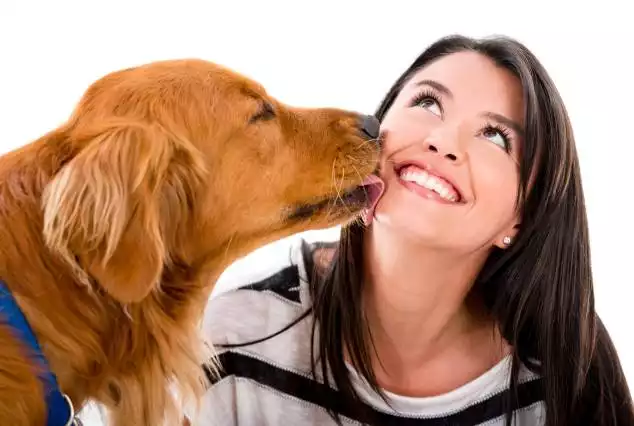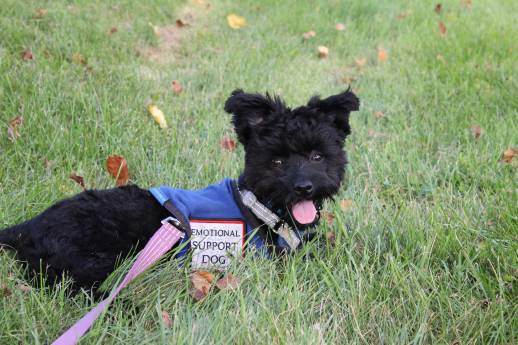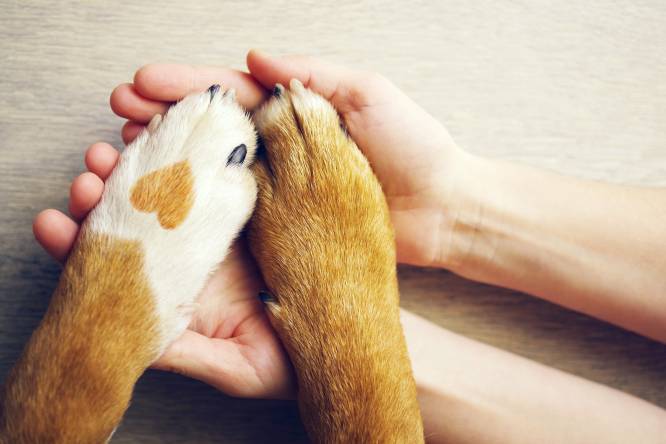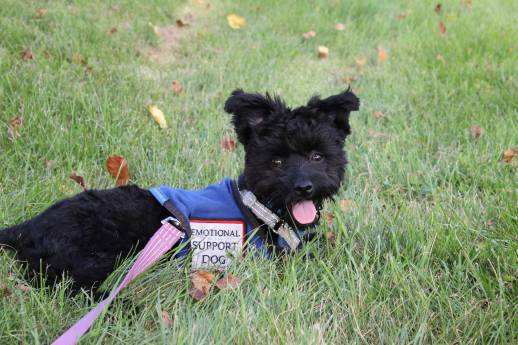Since the early 2000s, DOT regulations have classified service animals and emotional support animals in essentially the same category. This is about to change, though, with new regulations coming into effect early next year. Where support animals were once able to accompany their owners onto planes without being crated or incurring extra fees, they’ll now be subject to the same restrictions as pets. Service animals will still avoid the usual fees, but they’ll need to be harnessed, and new size requirements will apply as well.
Upcoming New Regulations
This may seem like a sudden step, but the new regulations have been in development for almost a year. In February 2020, the DOT published a notice saying that new rules were being developed regarding air travel and support animals. More than 15,000 responses were registered, some positive and some negative. About 6,000 of them brought up the importance of ESAs for people with depression, autism, PTSD, or other psychiatric disorders. Without their support animals, many of these individuals would barely be able to leave the house, let alone board a plane full of strangers.
We help people get the proper documentation to make their pet an official Emotional Support Animal. Online approval in minutes - Housing & Travel letters.
While the Department of Transportation took these comments into account, they also had to factor in the years of complaints from airline passengers who had to deal with badly trained support animals. ESAs don’t typically need any special training to help their owners, so in a lot of cases they just aren’t trained at all. As you might imagine, any untrained animal that suddenly finds itself in an intimidating situation will revert to its instincts; depending on the species, that could involve aggressive behavior, constant loud noises, wandering all over the plane cabin, or attacking other passengers. Without any rules regarding restraints like crates or leashes, many passengers felt intimidated by these animals.
What Will Change?
To complicate the issue, a lot of these out-of-control animals weren’t even real ESAs – they were pets with faked paperwork. As awareness of support animals grew, so did the number of websites that provided fraudulent psychiatrist’s letters for ESAs, which is one of the few requirements for bringing a support animal onto a plane. These fake letters enabled pet owners to skip fees and crates for their animal; who knows how many of the ESA-related incidents were actually the fault of ordinary pets.
Another matter of concern was the variety of animals that were being brought onto planes. With service animals, you can count on them being mainly dogs; once in a great while a miniature horse could be a service animal too. But with emotional support animals, literally anything is possible. Dogs and cats are the most common, but people also have support rabbits, pigs, monkeys, rodents, reptiles, and more. With airline policies sometimes being even more vague than DOT regulations, some of the more unusual species were allowed to board when they really shouldn’t have been. It started to appear to passengers that airlines were willing to turn their planes into menageries to accommodate ESAs; although legitimate ESAs are vital to their owners, it was pretty obvious that many of these animals were bogus.
Even taking into account the essential role that ESAs can play, the solution that the DOT arrived at paints with a very broad brush. Rather than trying to target fake ESAs and instituting additional training requirements for real support animals – which would target the real problems, but would also be a logistical nightmare – the new regulations have changed the status of ESAs entirely. Support animals will now have to comply with the same airline regulations as pets, and in many cases, may have to travel in the cargo hold instead of with their owners. This, and the extra fees involved, are the main issues that advocates and owners of ESAs have with the new rules.
Support animals are definitely taking the biggest hit, but service animals aren’t exactly getting off scot-free either. In addition to banning miniature horses from planes, the DOT has specified that in order to accompany their owner onto the plane, a service animal should fit easily under the seat, or be able to sit on their owner’s knees. Some airlines have attempted to restrict the presence of certain dog breeds inside plane cabins before, but this comes close to making it official.
We help people get the proper documentation to make their pet an official Emotional Support Animal. Online approval in minutes - Housing & Travel letters.

Review symptoms, medications & behavior to keep your pets healthy with a Vet Online in just minutes.
Ask a Vet Live NowHow To Stay Informed?
The National Service Animal Registry says that the specific language of the new regulations focuses on the training of service animals. Since training is the biggest difference between service animals and support animals, this seems to be the most obvious solution. Any animal that’s going to accompany its owner into the plane cabin has to be trained to 1) assist their owner with a specific task related to the owner’s disability, and 2) avoid relieving themselves on the plane, or to do it appropriately during longer flights. The DOT has issued two documents for service animals regarding these requirements, which owners will have to show the airline in order for their animal to come with them.
Anyone who’ll be flying with their ESA in 2021 will probably have to make plans for things like buying the right crate, or possibly think about alternative options if their support animal won’t be allowed into the plane’s cabin. It’s a hard decision to deal with, but it seems like the best anyone can do for now. Without more specific requirements for ESAs – which are totally unnecessary except in a few specific situations – there’s no way to address the overabundance of unrestrained animals on planes. It’s hard to place the blame on any single party. Even the people who were lying about their pets being ESAs were probably concerned, to some degree, about what their animal would experience in a cargo hold. After several well-known incidents in which animals died while in an airline’s custody, this was probably more of a concern than the effect their actions would have on the public’s opinion of support animals. Be that as it may, the new rules are going to change air travel for anyone with a support animal in 2021; the only question is whether ESA owners will be able to change too.

Tom
Tom has always loved to write since he was little - he wanted to be either a writer or a veterinary doctor, but he ended up being a professional writer while most of his works are based on animals. He was born in San Francisco but later moved to Texas to continue his job as a writer. He graduated from the University of San Francisco where he studied biotechnology. He is happily married and a soon to be father!
Review symptoms, medications & behavior to keep your pets healthy with a Vet Online in just minutes.
Ask a Vet Live Now



